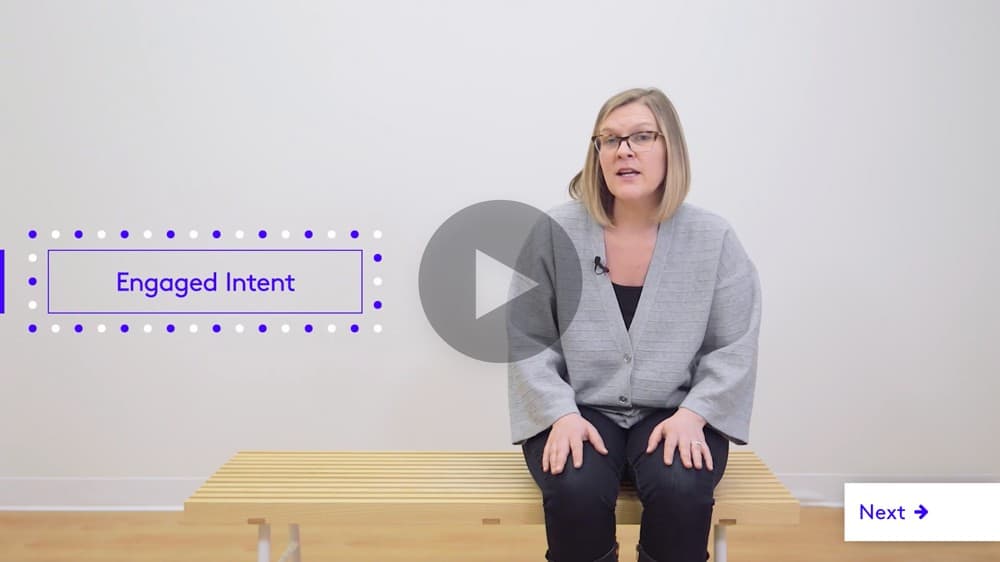
B2B marketing in the on-demand economy
The modern consumer’s world is ruled by the likes of Netflix, Spotify, and Amazon. They are accustomed to personalized, curated content delivered where they want it, when they want. Netflix alone delivers over 140 million hours of content to its 117 million subscribers.
B2B marketers can take a lesson (or 8) from the rise of these B2C game-changers. In the on-demand era, the audience is in control and B2B tactics need to change to keep prospects tuned in.
But first, meet your B2B consumer.
As a marketer, you spend an enormous amount of time, effort and money trying to get your audience’s attention by creating content and getting busy people to click on something. But then what? What do you do with the clicks you generate? How do you hold on to that attention and turn it into real engagement with your content?
It’s important to remember your B2B buyers all have B2C lives.
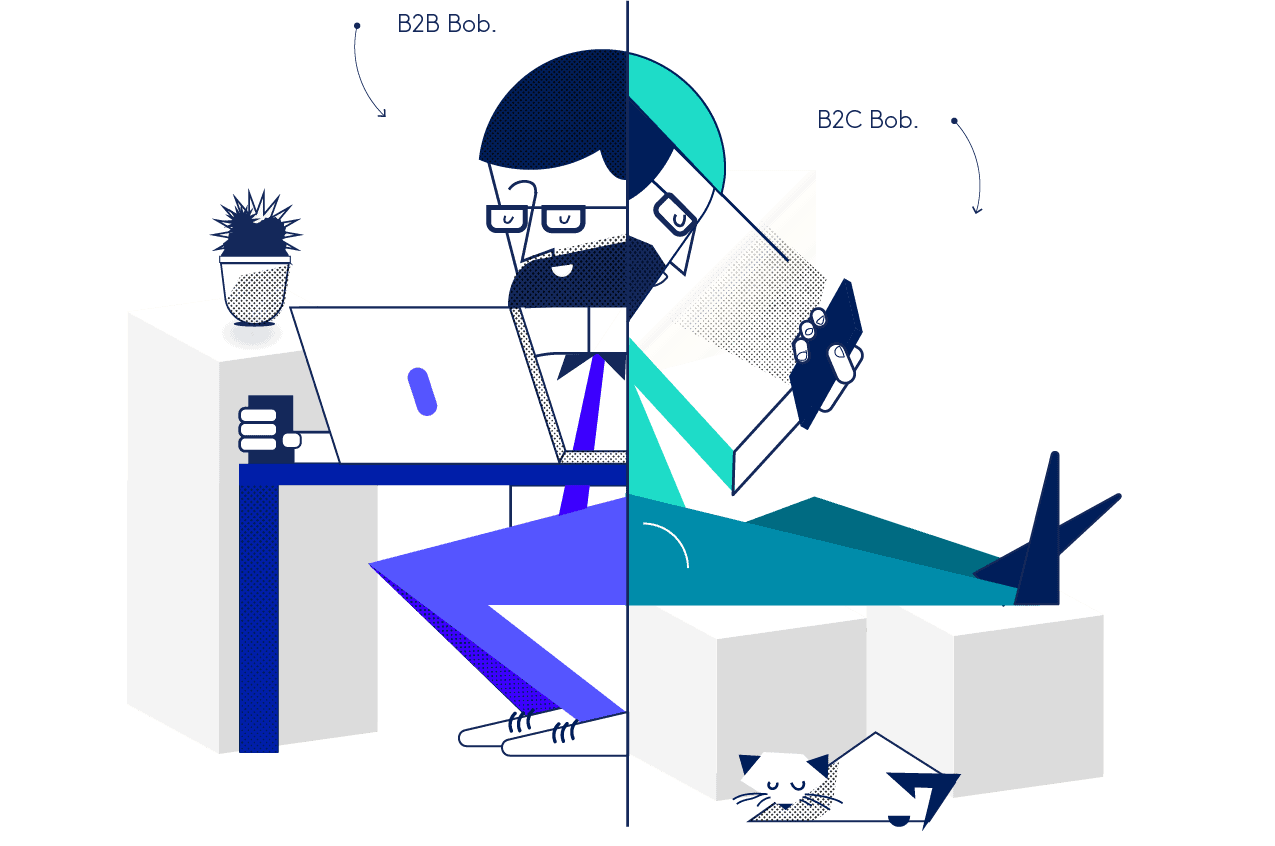
They’ve come to expect the same seamless content experience in their professional lives they get in their personal lives. Like you, Netflix is in the attention business – and no one does it better. It’s time for B2B marketers to be more like Netflix.
From its extensive use of personalization to its intensive analysis of engagement metrics, the rise of on-demand content experiences like Netflix has enormous implications for B2B marketing. Netflix goes to great lengths to keep your attention by delivering the right content at the right time – and it tracks what content you are engaging with and for how long so it can continuously improve the content experience.
“The problem with binge-watching on Netflix is that you lose three days of your life.”
Harland Williams Actor/Comedian
As a B2B marketer, you understand the power of engagement in accelerating the buying journey and forming genuine relationships with customers and prospects. But even the savviest marketers find it a never-ending challenge to reach audiences with their content and turn attention into engagement – the kind that translates into qualified leads and sales.
Here are 8 things to keep in mind to meet – no, exceed – the bar set by big B2C game-changers like Netflix in the new age of the on-demand economy:
1. On-demand marketing is king (and queen)
2. Nurture like Netflix
3. Don’t play catch and release with your audience’s attention
4. You are a content guide (not a driver)
5. If you let them, they will binge
6. Personalization is power
7. Your metrics need to evolve

1. On-demand marketing is king (and queen)
If there’s one thing you know about your audience, it’s that they’re busy, really busy. And yet, with tons of things competing for their attention at home and at work, people still find time to binge on the right content. Just as nobody watches one episode of Breaking Bad in a sitting, your audience doesn’t want to consume just one piece of content per week, if they’re truly hungry to self-educate.
So, why do marketers continue to nurture like old-school “you’ll watch when we say you’ll watch” television? To feed the craving for content, you need to cater to your modern B2B Consumer and deliver on-demand content experiences.
The death of “primetime”
Remember when the week’s “must-see” TV shows were all on Thursday night between 8 and 11 pm, and you made a point of tuning in so you could discuss it with your coworkers around the water cooler the next morning? If you’re a millennial, maybe not – but it happened! Today, the idea of “primetime” seems as dated and quaint as an episode of Leave It to Beaver.
PVRs, time shifting, and the growth of on-demand streaming services mean people now have complete control over when, where, and how they consume content – no more waiting a week to find out how things turned out after that cliffhanger ending. B2C marketing has arrived, but B2B still has a bit of catching up to do… and a great place to start is with nurture.
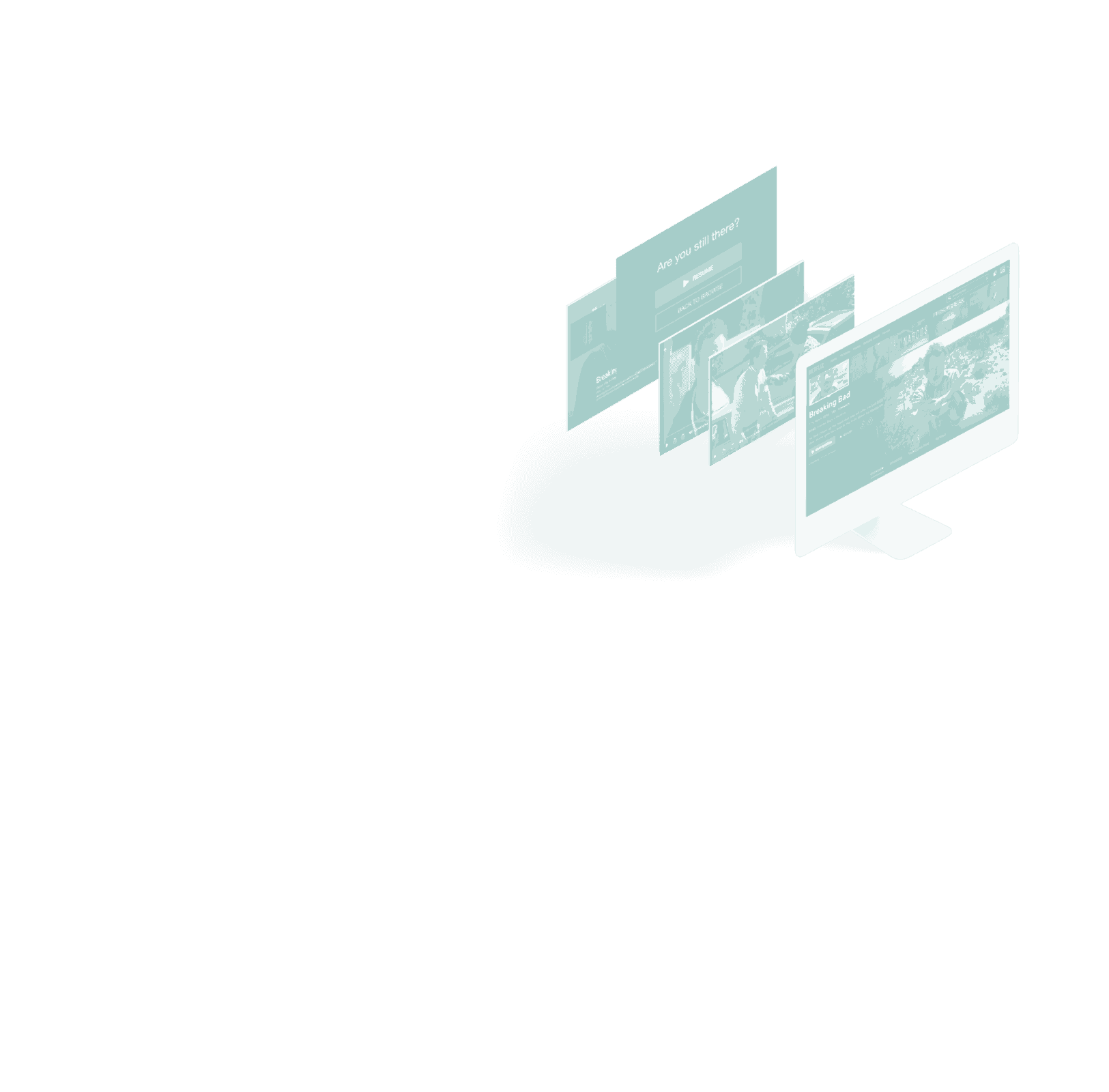
On-demand nurture solves this scheduling problem. Traditional one-size-fits-all lead nurturing feeds audiences a single piece of content each week (e.g. 6 emails over 6 weeks with 6 different content offers). We call this “one and done” marketing.
Because click through rates are so low (4% on average), one-and-done nurture programs are doomed from the start. Why? Because you’re trying to impose a “primetime” content schedule on an audience that is busy and isn’t accustomed to waiting for what they want. You’re asking your buyers to consume content on YOUR schedule, not theirs.
To nurture in the on-demand era, your programs need to change. Your audience has embraced the Netflix model of anytime/anywhere consumption which means you can no longer dictate the cadence of their buying journey if you want to succeed. Give your audience the opportunity to binge on your content if they want to.
2. Nurture like Netflix
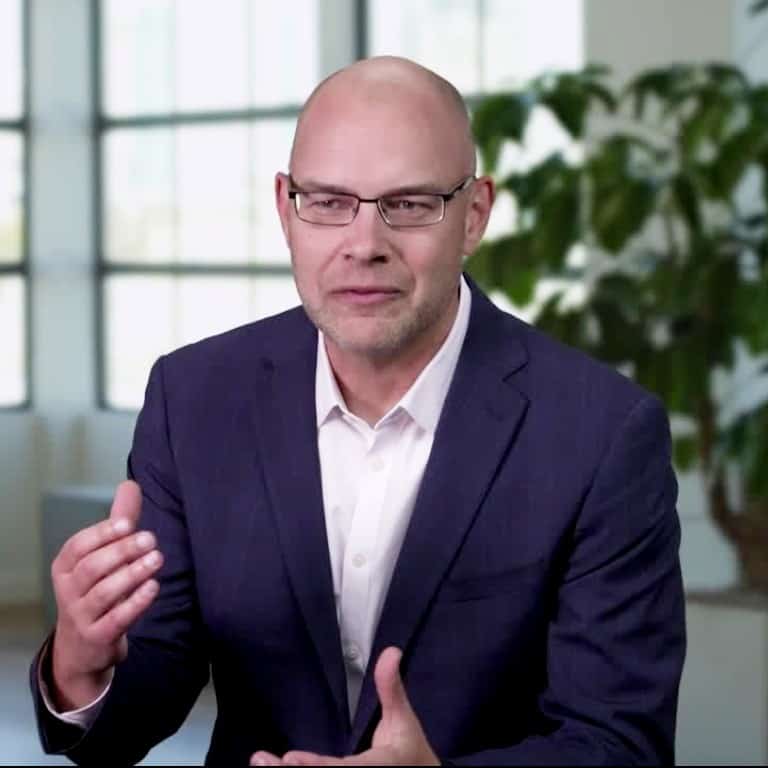

3. Don’t play catch and release with your audience’s attention
Think about it: When you are interested in a topic or considering a purchase, you don’t stop at just one piece of content. Engaged prospects engage in concentrated “bursts”. They will consume a large volume of relevant content in a short amount of time if given the opportunity. It’s the marketing equivalent of binge-watching episodes on Netflix. The trick for B2B marketers is how to accommodate this “content bingeing” behavior, so you can hold on to your audience’s attention while you’ve got it.
If your audience wants to binge, you have to let them.
Traditionally, B2B marketers feed prospects content in a slow, drip-like cadence. That’s like playing “catch and release” with your audience’s attention. You had their precious attention, but you let it go… And that means you have to regain their interest over and over and over again.
Comparing that to a lot of B2C marketing is eye opening. From its personalized homepages and navigation to ‘just for you’ recommendations to ratings systems – the best B2C marketing is geared toward catching and keeping audiences tuned in for longer periods of time. And they do this really really well.
B2B marketers can emulate this by designing personalized content experiences that prospects can easily follow on their buying journey. It’s about packaging related content together based on what you know about your audience and making it easier for them to binge by always recommending a ‘next best’ asset.


The buyer’s journey has evolved – and you’re no longer in control. The traditional sales funnel has gone the way of primetime television–archaic and outdated. In the Netflix era, the bar has been raised and interested prospects expect the information they want, when they want it, delivered straight to their doorstep. Your role as a marketer is to meet this new bar by delivering useful content experiences, whenever and wherever they’re ready to engage, and removing barriers along the way.
Most importantly, remember: your audience is in control. You buyer is in the driver’s seat. Your job is to provide a helpful map to guide them to their desired destination. Your map must include content that’s useful, always-on, and caters to their needs at every stage throughout their journey. Your map must help them navigate past the mountains of information available online so they can find the best path and stay on it. Marketers, it’s time to take a back seat and keep in mind that you are a guide, not the driver.
As a guide, it’s your job to design and orchestrate a personalized content journey based on what you know about your prospects – a good guide doesn’t take a novice climber on the most difficult trail up the mountain first (not if you want them to come back anyway.)
So, what does a personalized content journey look like? It could take many forms, including:
- Multiple pieces of content on a particular topic.
- Behavior-based recommendations. For example, promoting a carefully curated sequence of content that only gets promoted if the reader engages with an asset for more than 45 seconds.
- A primary content asset supported by 3 secondary content offers
- A mix of your own content and third-party validation – because audiences value third-party content, like G2Crowd reviews and research reports, more than your own.
Do this right and your prospects will self-educate, effectively accelerating themselves through the buying journey. But you’ve got to be there when they’re ready to engage. That’s why omni-channel nurturing is so important. There’s a reason Netflix delivers the same consistent experience across set-top boxes, desktops, and mobile devices.
4. You are a content guide (not a driver)

5. If you activate it, they will binge
The average prospect engages with 10 pieces of content before they buy. As a marketer, if you’re only delivering a single content asset per click, this means you’ve got to get your prospect’s attention an average of 10 more times – and that’s really hard. That’s what we call a passive content experience. Especially with cat videos, Kardashians, and your competitors competing for their attention. Passive experiences won’t meet the rising bar set by B2B buyers. In the on-demand era, how you package and present your content is as important as your message. This is where Content Activation comes in. Content Activation means providing what your audience craves in a seamless bingeable experience.
Making content bingeable means two things:
- Give them more of the content they want, in the moment they want it
- Make it easier for them to access the content they want
Your prospects want to binge. So let them.
According to Demand Gen Report’s 2018 Content Preferences Survey, 66% of B2B buyers strongly agree that companies should make their content easier to access. That means less forms and gates. Content Activation is all about removing the friction in the buyer’s journey. It’s about dusting off all that content that’s sitting stale and unused on your content hub and putting it to use. According to SiriusDecisions, up to 60-70% of content goes unused. This indicates that B2B marketers have a content packaging problem and Content Activation can help solve that.
When asked how vendors could improve the quality of their content, 97% of buyers recommended that marketers package related content together.
And surprise, surprise. Who is a master of Content Activation? Netflix. Netflix not only packages content and recommends related content, they do it based on what their data tells them about the behavior and preferences of their customers (“Because you watched Breaking Bad…”). It’s all about designing and delivering those personalized content experiences and making it easier for prospects to engage with your content in a more meaningful way.

Personalization in B2B marketing doesn’t mean simply throwing a custom hero banner up on a homepage or starting your email with “Hi Sarah!” Just because you know an individual’s name, doesn’t mean you know who they are. The real power of personalization is all in the experience. True personalization offers a seamless and customized experience over the entire customer lifecycle and across every single channel.
How does Netflix do this? They use engagement data to take personalization to a whole new level – and you can too.
What’s in a name?
We all get them: those emails that begin, “Hi [First Name], I just wanted to follow up….” Maybe you filled out a form to download a PDF or someone scanned your badge at a tradeshow, but you really can’t recall. Either way, you’re annoyed at the inbox pollution company X sent you.
Personalization done right is magical. True personalization creates an authentic connection with each and every one of your prospects and customers. To achieve this, you need to move beyond thinking about personalization as a tool to generate a click and start thinking about it as an experience that builds loyalty and trust.
To master the art and science of personalization, take a page out of Netflix’s (e)book. 75% of the content watched Netflix is based on algorithmic recommendations. And according to Todd Yellin, VP of Product Innovation, “Our personalization enables us to create more than 250 million tailored experiences to delight each user every single time they enter the platform.” Wow, that’s a lot of personalized content experiences! Netflix mines its enormous volume of usage data to gain insights into its subscriber’s individual behavior patterns.
It’s the data that guides decisions on what third-party content to license, what original content to green light for production, and how best to market that content. Netflix uses engagement data to take personalization to the next level. To put this into perspective:
“There are 33 million different versions of Netflix.”
Joris Evers, Director of Global Communications at Netflix
To reinforce the power of personalization even further consider this: The average success rate for a television show is 35%. When that show is on Netflix, the success rate soars to 70%. For marketers, this is a powerful example of how powerful personalization can be. It’s all about listening to the data to deliver the kind of personalized content experiences your audience wants. The trouble is most marketers don’t have the right kind of data needed to personalize like a pro.
6. Personalization is power
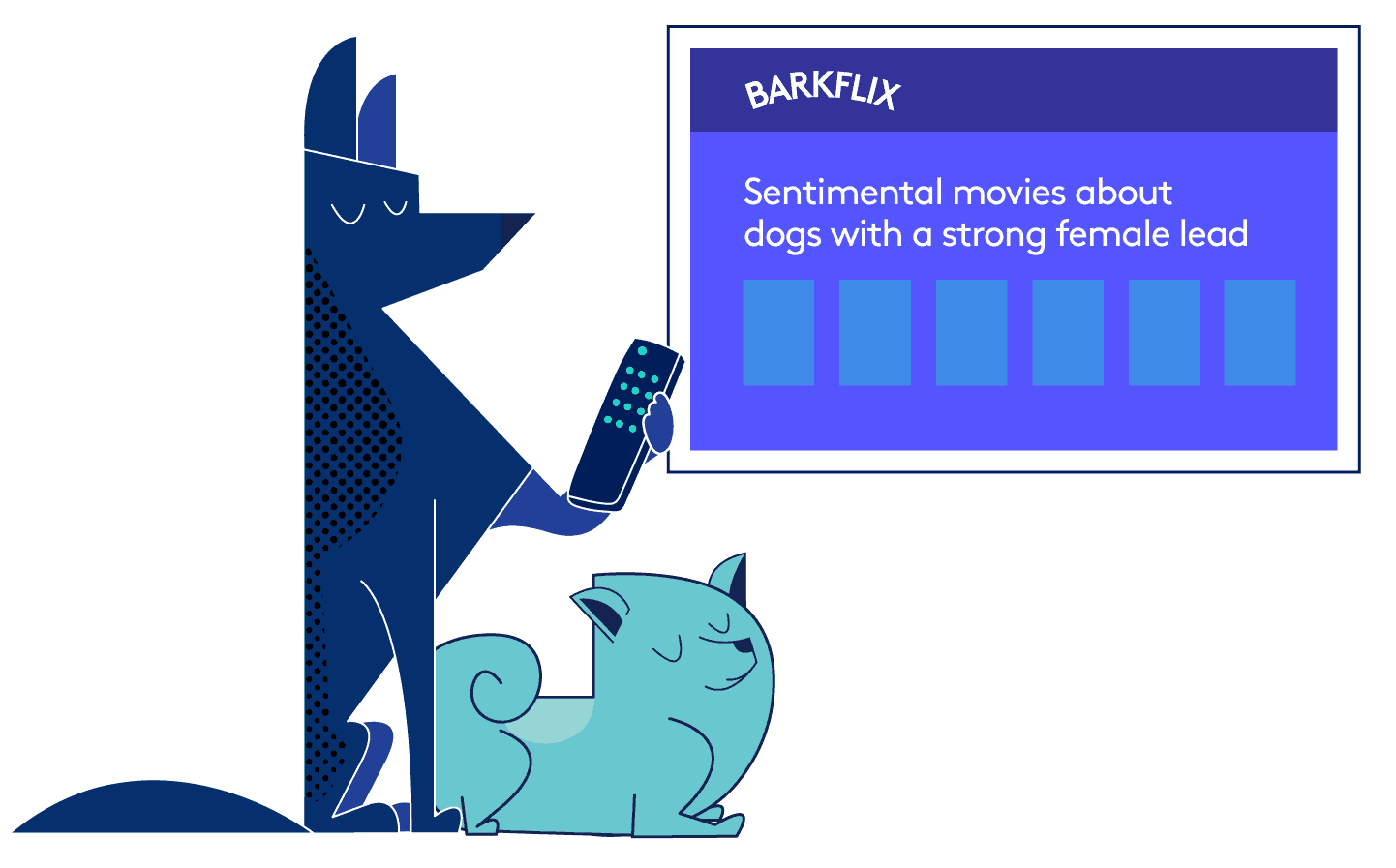
Things Netflix knows about Sally: (and uses to keep her engaged)
- Watches a lot of movies with a female lead
- Says she likes documentaries, but really watches comedies the most
- Likes horror movies mostly on weekends
- Watches on average for 3+ hours in a sitting
- Doesn’t respond to action movie recommendations

7. Your metrics need to evolve
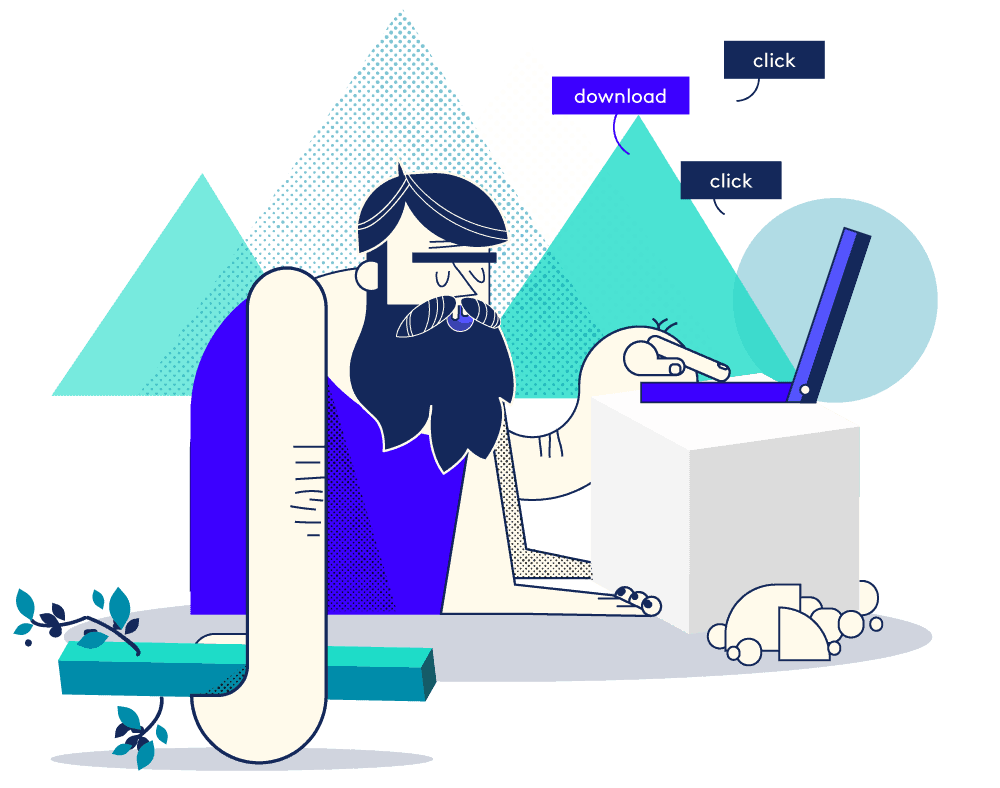
It all comes down to this: Better content experiences start with better data.
One of the biggest mistakes marketers make is thinking clicking and downloading mean the same thing as reading or watching. At best, a click only signals a prospect’s intent to read or watch. Most marketers measure proxies for engagement–visits, clicks, form completes, and social media shares, to name a few. But they’re missing the point. What truly matters is what happens after those actions take place. To identify who is really engaged and what content is actually working, you need to collect actionable engagement metrics. The kind of granular engagement data Netflix uses to build on their incredible success. As of July 2018, Netflix amassed 130 million worldwide subscribers.
It’s time to measure what matters.
Most marketers have been measuring the wrong things. Back in 2014, Tony Haile, CEO of Chartbeat, published an article on Time flagging this very issue: “We confuse what people have clicked on for what they’ve read. We mistake sharing for reading. We race towards new trends like native advertising without fixing what was wrong with the old ones and make the same mistakes all over again.” It’s time to write that wrong. And the way to do that is with true engagement data.
What’s wrong with using proxies for engagement?
- Chartbeat looked at 2 billion page views generated by 580,000 articles on 2,000 sites and reported very little correlation between the number of clicks and the time spent consuming the material.
- Chartbeat also looked at 10,000 socially-shared articles and found that there is no relationship whatsoever between how much a piece of content is shared and the amount of attention an average reader will give that content.
- PathFactory customer data shows that, for every form complete, there were at least 5x more people that spend real time with company materials but never fill out a form. If you’re only looking at form fills, you’re leaving behind those prospects that fall awkwardly between a click and a form complete.
Clicks are fine – marketers need clicks – but they don’t tell you if someone actually read or watched something or what types of content are really working. You need to measure what happens after someone clicks. That’s why digital publishers like the New York Times and companies like Medium are increasingly focused on real engagement data, like time.
We call this Engaged Intent.


As marketers, we talk a lot about listening to our prospects and customers. In digital marketing, a big part of this means listening to data and then acting on it to give your audience exactly what they want when they want it. If prospects are spending more time with your content, it means they are more educated. And if they are more educated, they will have better conversations with your sales team.
Marketers are always waking a fine line between inspiring an audience and irritating them: you know your prospects are really busy, but you still need to reach them and get them to engage with your content – if they don’t, they’ll never buy, let alone become the kind of loyal customers who rebuy, extend their investments and advocate for you.
Engaged Intent data opens up new lines of communication between marketers and customers. When you measure and track engagement, in minutes and seconds, you can improve and accelerate the content journey and make your interactions with your prospects more productive.
Netflix’s success is a testament to the power of engagement. Netflix customers watch about 7 billion hours of video every quarter. Netflix tracks everything, not just hours watched. They collect information like:
- How many users watched a particular episode
- How many users watched an entire whole series
- The dates and times you are watching most
- What device(s) you prefer to watch on
- Your browsing and scrolling habits
- And so… much… more
Netflix then takes all that data to serve only the most timely, personalized content to their users. This explains their incredibly low 9% churn rate.
8. The benefits of measuring Engaged Intent
Now, think about how YOU could use engagement data to make your relationship with your audience more productive. Engagement data lets you get to know who your prospects really are, what they like, and what they don’t like. It’s about harnessing the power of this insight to improve how you nurture, score leads, and trigger follow-ups. For example, if you knew a prospect already engaged with the eBook in their next nurture touch, you could allow them to skip that step, effectively speeding them through their journey and reducing your spam potential.
If you can hold a visitor’s attention for 3 minutes, they are twice as likely to return than if you only hold them for 1 minute
63% of marketers say content engagement is manifested in customer renewals, retention & repeat purchases
Now, do we have your attention?
Attention is your most precious asset and, as a marketer – without it, you’ve got nothing.
If you take one thing away from Netflix let it be this: Getting attention is hard, so once you’ve got it, keep it. And the key to getting (and holding) attention is collecting enough of the right data to keep people engaged.
Achieve this and you’ll triumph over the adversity of declining click through rates and pitiful MQL-SQL conversion rates (4% on average).
So. One last question. Are you still reading?
